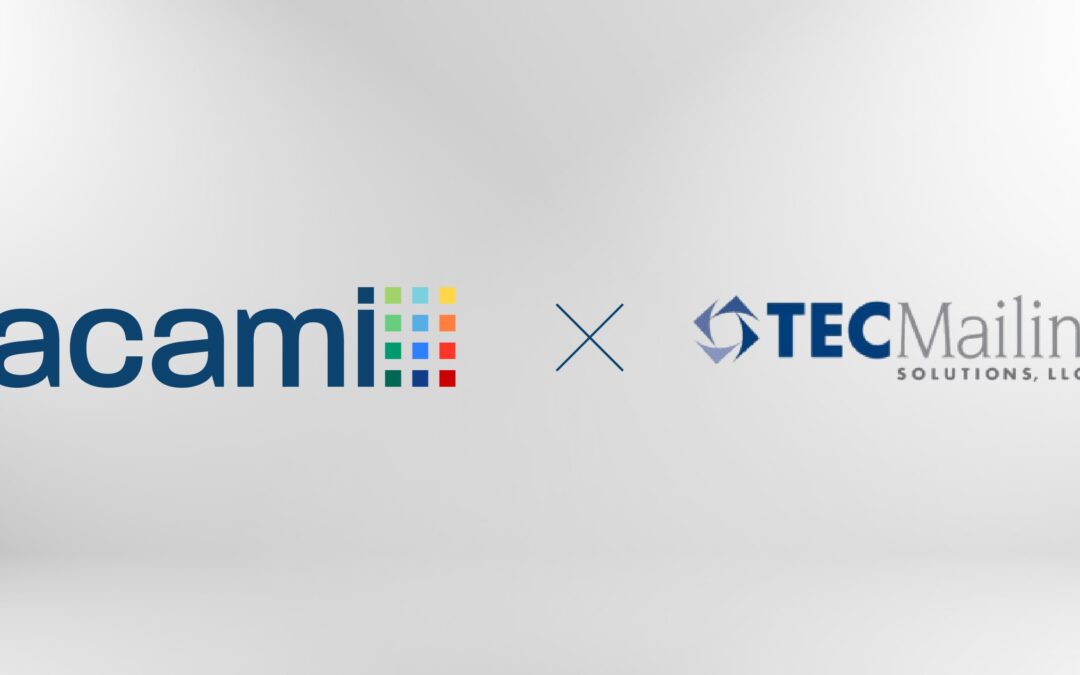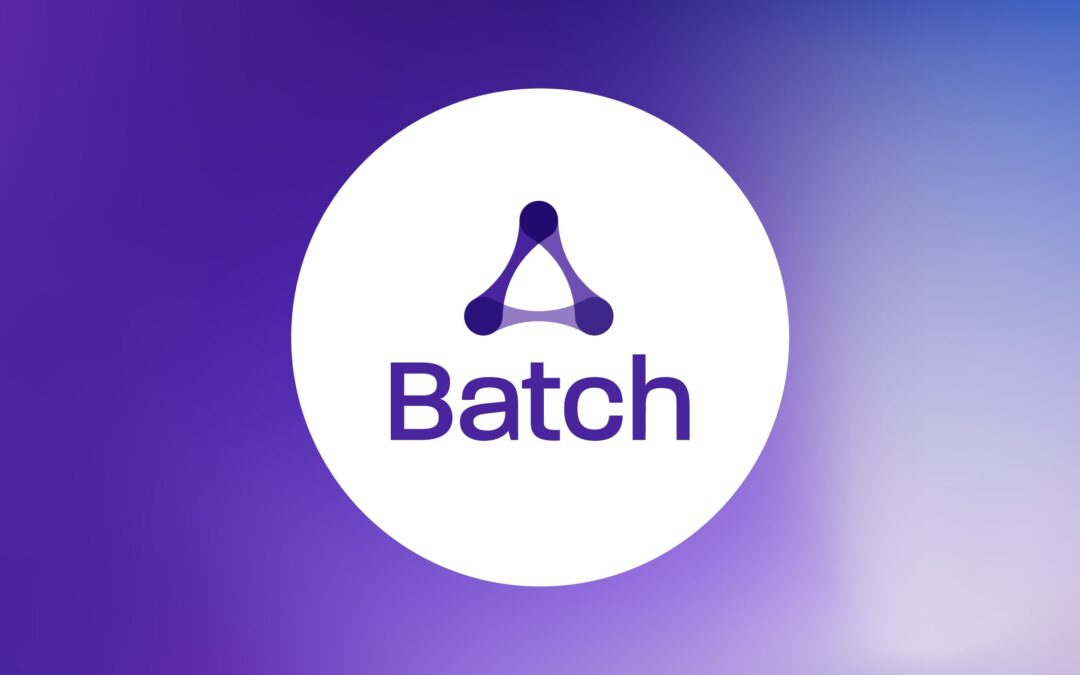Production facilities in every industry are replacing manual processes with automation. Print/mail service providers and in-plant document centers are no exception. Automation is no longer a trend in mail and print. It is here. Providers must automate as much of their workflow as possible. An aging workforce, market pressure, and competitive pressure make automation necessary. Intelligence built into new hardware and software make it possible.
Why Is This Happening?
Print and electronic communications are becoming more complex. Document centers are receiving data from multiple sources, and rarely in perfectly compatible formats. Transforms and reformatting steps are frequently necessary before data can be used to compose the documents. In many cases, print/mail service providers are seeking ways to use data to make their clients’ marketing campaigns and transactional communications more successful. They may split document streams into several output channels, add graphical elements that aid customer understanding, or insert personalized or targeted transpromo messages.
Production managers are tasked with getting all the pieces to work together in an efficient workflow. They are implementing solutions like Racami’s Alchem-e™ system to bring workflow under centralized control and decrease costs. Ideally, a document should move systematically from one process to the next with little human intervention. Today’s software does that well, but we expect tomorrow’s solutions to handle more of the decision-making chores that now require the expertise of document center professionals.
Production Workflow Automation
Production workflow automation may include activities such as automatic color correction for print devices or automated job set-up for mail inserting machines. It requires a set of business rules to “speak to” intelligent mail and print hardware. Today this happens through a central workflow dashboard. A human production manager can see the status of all jobs at any time. If a disruption such as an equipment failure or a printer low on toner occurs anywhere in the workflow, production control software alerts the manager, who can fix it at once. But the more time a human spends intervening and directing workflow, the lower the profit margin in the job. For print providers to increase efficiency, reduce manual processes, and be competitive, more production automation is necessary.
Staffing
The Printing Industries of America (PIA) reported that 30%-50% of skilled workers in the printing industry will retire in less than ten years. A good portion of pressroom and mail center employees are in their 50s or older. Replacing these knowledge workers will be a challenge. While more software-controlled equipment is appearing on production floors, most companies are not scrapping legacy assets. They will need people with specialized skills to run the machines. Predictably, young workers are not eager to invest time learning what they consider outdated technology. Similarly, vocational schools are not producing graduates with traditional print and mail processing skills. These workers do like current technology, however, such as workflow and marketing automation tools. Upgrading the document production center with similar tools will help print and mail service providers recruit the new talent they need to replace an aging workforce.
What Is Next? RPA and AI
Robotic Process Automation (RPA) is not a robot in the conventional sense. They are not mechanical and have nothing to do with tightening a bolt on a production line, though some document centers have begun integrating mechanical robots to handle tasks such as material movement and mail tray loading.
RPA systems are entirely digital and use “bots,” programmed to do rule-based tasks. There is no learning going on. The bot does its job and does not get better at it. Automating repetitive, monotonous steps in a long process allows companies to re-assign knowledge workers to creative and value-producing tasks. RPA differs from AI in that it does not gather data over time and “learn” a better way to do the work.
Artificial Intelligence (AI) is a buzz term probably popping up in your LinkedIn feed every day. With AI, the software continually gathers data as it works and optimizes the assigned jobs automatically over time. It learns how to do the work better. For example, an AI application could send jobs to the most suitable printing presses or finishing equipment according to document design, deadlines, set-up adjustments, and expected workloads. Document production knowledge that takes humans years to develop could be built into AI-enabled production control systems.
Advanced security techniques will use AI. AI-enabled networked printers and other devices will continually scan for attacks and repair breaches. It will create real-time security alerts and act to stop intrusions. If the system is bypassed, AI will activate an immediate response and remediation.
It is hard to say what the production floor of a print and mail provider or in-house shop will look like a few years from now. It seems certain, however, that an automated production manager at the helm of a dashboard software application will direct many of the tasks once the domain of human involvement. Knowledge workers will spend less time manually controlling the process and spend more of their days working in creative and value-producing roles with their organizations.
To learn more about Racami’s Alchem-e™ workflow and dashboard solutions, click here.



